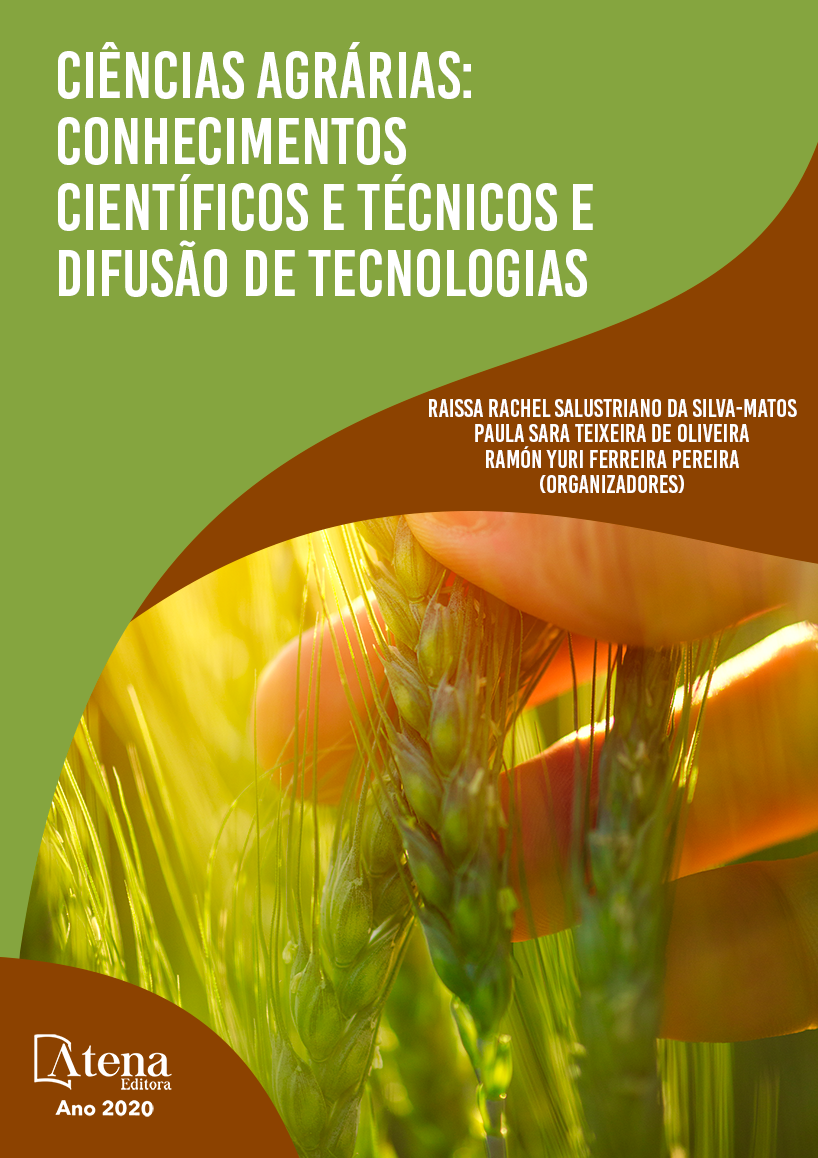
PÓS-COLHEITA DE ROSAS POR OBSERVAÇÃO VISUAL
O objetivo deste trabalho foi realizar a observação visual da qualidade de duas variedades de hastes florais de rosas, submetidas a diferentes soluções conservantes e ambientes de pós-colheita. Utilizou-se duas variedades de rosas (Samurai e Vegas) de diferentes regiões produtoras, em delineamento experimental inteiramente casualizado com oito tratamentos e quatro repetições, sendo cada unidade experimental composta de uma haste floral. Os tratamentos foram T1: água e em temperatura ambiente, T2: água e em temperatura controlada (4º C), T3: ácido acetilsalicílico e em temperatura ambiente, T4: ácido acetilsalicílico e em temperatura controlada (4º C), T5: hipoclorito de sódio e em temperatura ambiente, T6: hipoclorito de sódio e em temperatura controlada (4º C), T7: água + açúcar e em temperatura ambiente e T8: água + açúcar e em temperatura controlada (4º C). As observações foram visuais foram por 21 dias após o início do processo de pós-colheita em diferentes soluções, sendo anotadas e fotografadas as alterações ocorridas. Conclui-se que a proximidade entre as regiões produtoras de flores de corte afeta a longevidade das hastes florias de rosas. Entre as variedades de rosas, a Vegas apresentou maior tempo de vida de vaso com condições comerciais. As soluções contendo açúcar destacaram com melhor durabilidade das hastes florais, bem como o armazenamento das hastes em ambiente de temperatura controlada (4º C).
PÓS-COLHEITA DE ROSAS POR OBSERVAÇÃO VISUAL
-
DOI: 10.22533/at.ed.93020170713
-
Palavras-chave: Rosa x grandiflora, vida de vaso, flor de corte, produtos caseiros
-
Keywords: Rosa x grandiflora, vase life, cut flower, homemade products.
-
Abstract:
The objective of this work was to carry out a visual observation of the quality of two varieties of rose flower stems, submitted to different preservative solutions and post-harvest environments. Two varieties of roses (Samurai and Vegas) from different producing regions were used, in a completely randomized design with eight treatments and four replications, with each experimental unit composed of a floral stem. The treatments were T1: water and at room temperature, T2: water and at controlled temperature (4 ° C), T3: acetylsalicylic acid and at room temperature, T4: acetylsalicylic acid and at controlled temperature (4 ° C), T5: sodium hypochlorite and at room temperature, T6: sodium hypochlorite and at controlled temperature (4 ° C), T7: water + sugar and at room temperature and T8: water + sugar and at controlled temperature (4 ° C). The observations were visual for 21 days after the start of the post-harvest process in different solutions, and the changes that occurred were noted and photographed. It is concluded that the proximity between the regions producing cut flowers affects the longevity of the flower stems of roses. Among the varieties of roses, Vegas had the longest pot life under commercial conditions. The solutions containing sugar highlighted the flower stems with better durability, as well as storing the stems in a controlled temperature environment (4º C).
-
Número de páginas: 13
- Eliane da Luz Ussenco
- Leonita Beatriz Girardi
- Daniela Machado Monteiro
- Fabiola Stockmans De Nardi
- Jacson Vinícius Rodrigues Pereira
- Ítalo Girardi Ferreira
- JANINE FARIAS MENEGAES


